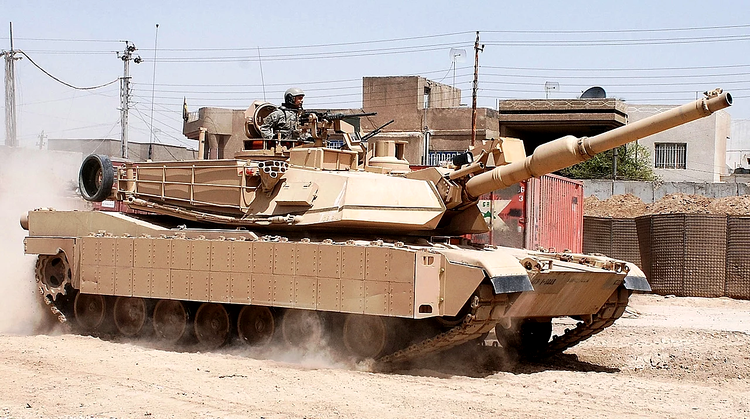These days much is made of the fact that Germany is still reluctant to agree to deliver Leopard 2 tanks to Ukraine. Several states with such vehicles are willing to offer them to Kiev, but they need a green light from Berlin.
The Leopard 2 tank has long been on Ukraine’s list of most desired weapons, along with ATACMS missiles and F-16 jets.
But, you may ask, why doesn’t Kiev ask for French Leclerc or British Challenger 2 tanks? They’re excellent too.
The Leopard 2, developed in the 1970s in West Germany, is a special vehicle. Many military experts consider it the second best tank in the world, second only to the American M1A2 Abrams.
Also read: Ukraine gets the platform that could tip the balance in its favor for good. What is the Bradley Fighting Vehicle
But for Ukraine, the German tank is better suited than the American one for several reasons. One main one is its ability to move at speed over terrain of any type. In the springtime, in Ukraine’s thawed, muddy terrain, much heavier tanks like the 71-ton Abrams can get bogged down. With the Leopard, Ukrainian troops could execute rapid envelopment manoeuvres at any time of year.

Furthermore, the Leopard 2 was specifically designed to fight the exact tanks now used by Russia in Ukraine. At the same time, the German model is cheaper and easier to maintain than its American counterpart. The Abrams has a complex gas turbine engine.
In short, the German military vehicle weighs 60 tons, offers extraordinary mobility (it can reach 67 km/h on improved roads), uses the excellent Rheinmetall Rh-120 L/55 120 mm cannon (also borrowed by other countries on their tanks), and has state-of-the-art technology. The Leopard 2 has been used in Afghanistan where it has proven its effectiveness.
Also read: Difficult situation for Ukraine: Shooting down a $20,000 suicide drone could cost huge sums of money
All in all, the Leopard 2 offers a combination of mobility, firepower and accuracy that is hard to match.
Among the 20 or so countries that own Leopard 2 tanks are 10 NATO members. Of these, Poland is awaiting German approval to send 14 units to Ukraine. If it offers them without permission, Warsaw could be denied access to German military technology in the future.

 What’s happening with AI? Researcher explains why you can look forward to more creative NPCs, competition for ChatGPT and hot dog tomatoes
What’s happening with AI? Researcher explains why you can look forward to more creative NPCs, competition for ChatGPT and hot dog tomatoes Cowboy launches new on-demand service: That’s what’s inside
Cowboy launches new on-demand service: That’s what’s inside The new 4K Fire TV stick is now brutally reduced and transforms your old television into a smart TV
The new 4K Fire TV stick is now brutally reduced and transforms your old television into a smart TV The best mouse I’ve ever had, convinces me for gaming, work and home office and is different than all its predecessors!
The best mouse I’ve ever had, convinces me for gaming, work and home office and is different than all its predecessors! The first smart glasses suitable for everyday use that you can buy
The first smart glasses suitable for everyday use that you can buy